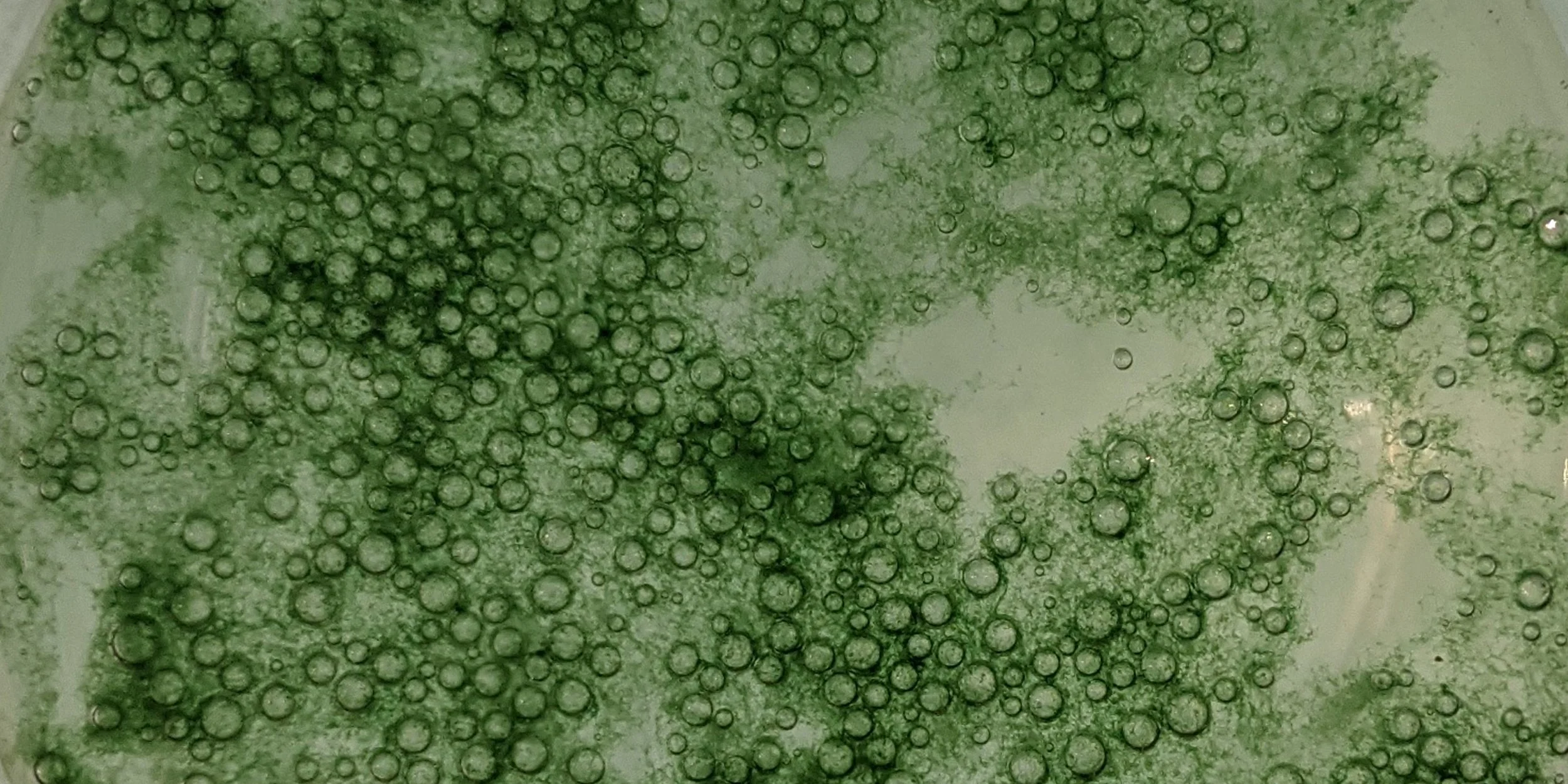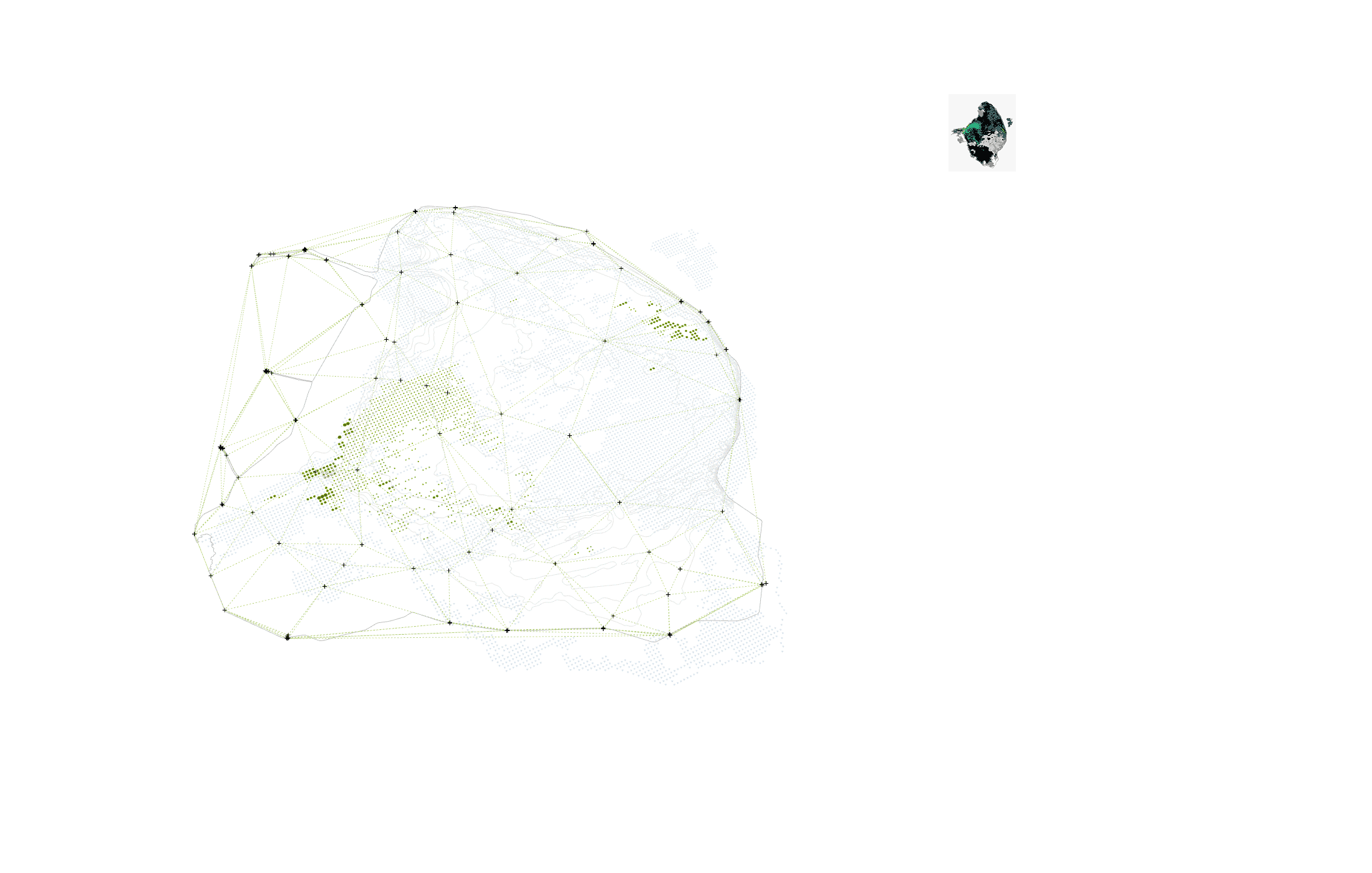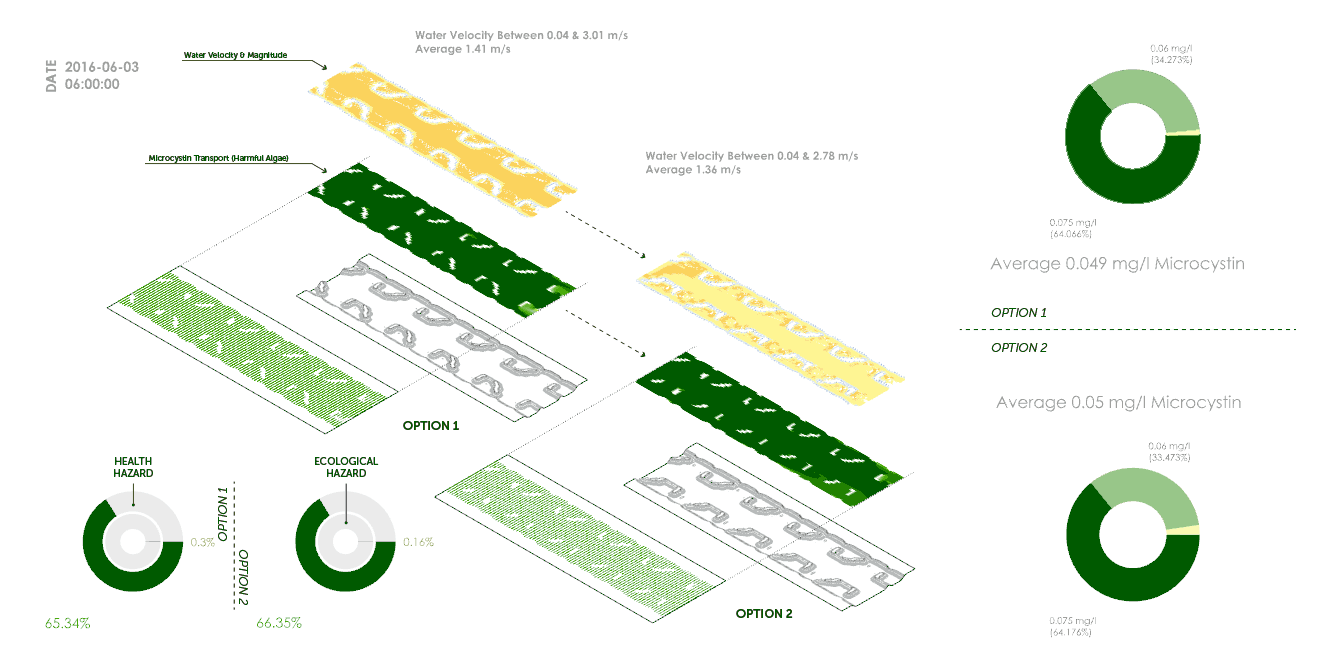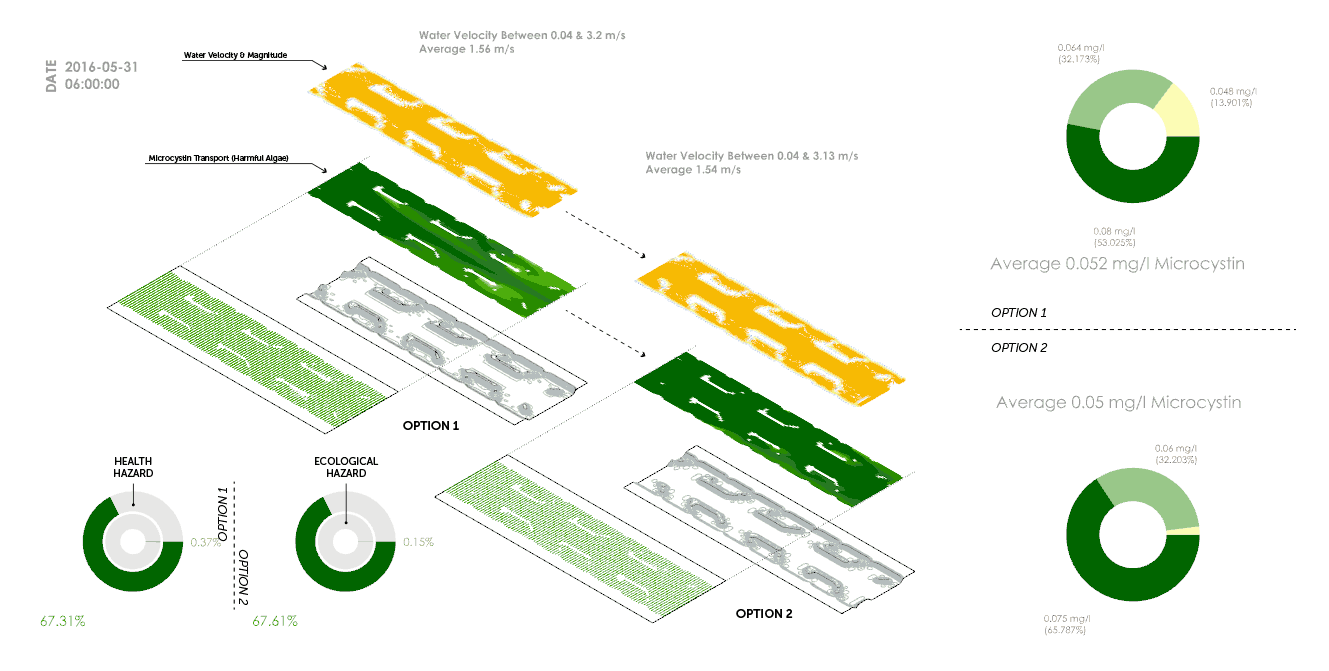Recent Talks:
11.12.22 ASLA 2022 Conference:
Beyond Land Acknowledgment: Building Capacity for Contextual Design on Native Land
11.03.22 University of Guelph MLA Research Methods | Prototyping + Modelling as Research:
Overview of Master’s Projects
03.17.22 Georgia Tech | Ceramic Fabrication:
Overview of Master’s Projects
01.25.22 University of Oregon | Augmented Natures:
From 3D Printing to the Olla Project
Foreground for Mosses: Designing 3D Printed Clay Bryobricks to Enhance the Built Environment
By Heather Rae Tietz / June, 2021
This project explores the potential between the ecological services of mosses and designed ceramic substrate for creating ecologically enhanced landscapes. Communities and environments are negatively affected by areas with impervious surfaces and pollution. The efficacy of new typologies in landscape architecture, such as living walls, could be improved with mosses’ ecological benefits and resilience. Clay is an abundant resource that can be reshaped utilizing 3D printing and support the propagation of mosses. This research-through-design approach interrogates the potential growth of mosses vis-à-vis experiments in 3D clay printing to create optimal substrates.
The experimental design was installed in four locations testing four unique substrates against moss growth. For the three-month duration of the experiment, monitoring through rephotography, a hygrometer, and written observations tracked responses to environmental conditions. Experimental results informed a framework for designing with mosses and a rapid prototyping process using an advanced 3D clay printer to develop a modular screen system. For the final design phase, the forms were simplified and contextualized at Lawrence Hall at the University of Oregon as a speculative case study. Experiments that received more irrigation and less solar exposure exhibited more moss growth. This research, experiment, and subsequent design work serve as a proof of concept for designing with mosses and clay using emerging technology for creating performative landscapes.

























